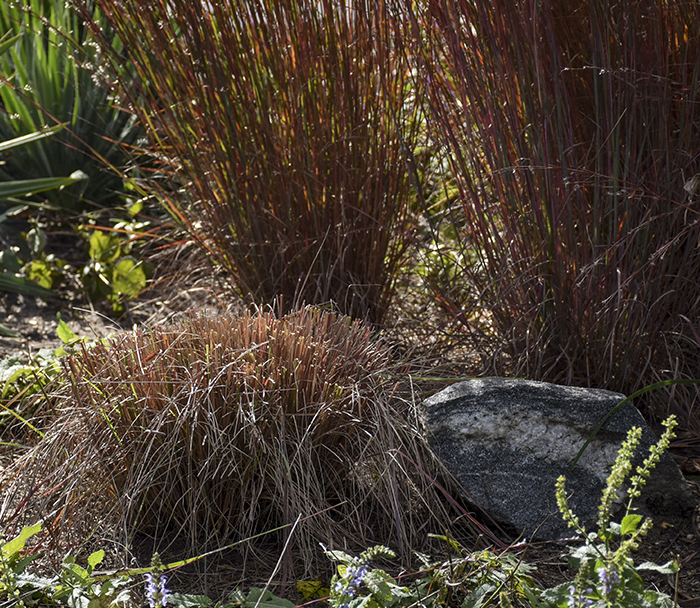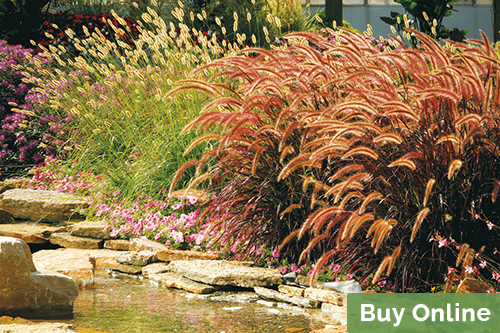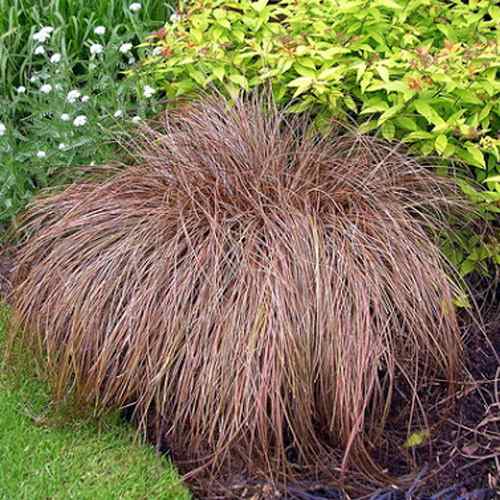Welcome to your ultimate guide on brown decorative grass! As an avid gardener and landscape enthusiast, I’ve spent years experimenting with various plants, and brown decorative grass has become a beloved feature in my garden. Join me as we explore the aesthetics, benefits, and practical tips for incorporating this unique grass into your landscape.
What is Brown Decorative Grass?
Brown decorative grass refers to various types of ornamental grasses that showcase a brown hue, either naturally or through the changing seasons. They add an interesting texture and color to gardens, providing contrast against vibrant flowers and greenery.
Types of Brown Decorative Grass
- Miscanthus sinensis (Chinese Silver Grass)
- Pennisetum alopecuroides (Fountain Grass)
- Calamagrostis x acutiflora (Karl Foerster Grass)
- Deschampsia cespitosa (Tufted Hairgrass)
- Stipa gigantea (Golden Oats)
The Aesthetic Appeal of Brown Decorative Grass
Using brown decorative grass in landscape design offers numerous aesthetic benefits:
Textural Variety
Adding these grasses introduces a soft, flowing texture that contrasts beautifully with rigid structures like fences and pavements.
Seasonal Interest
Many brown grasses provide visual interest throughout the seasons, changing hues and forms as they react to weather conditions.

Complementing Color Palettes
Brown grasses work harmoniously with a variety of color schemes, making them ideal companions for colorful blooms.
Incorporating Brown Decorative Grass into Your Landscape
Planning Your Space
Before selecting your grasses, evaluate your garden layout and the sun exposure of different areas. Here’s a simple table to guide your planning:
| Grass Type | Sun Requirement | Height |
|---|---|---|
| Miscanthus sinensis | Full sun | 5-10 feet |
| Pennisetum alopecuroides | Full sun/Partial shade | 2-4 feet |
| Calamagrostis x acutiflora | Full sun | 3-5 feet |

You Can Create Visual Focal Points
Positioning tall grasses at the back of a border or as a standalone feature can create stunning focal points in your gardens.
Maintenance Tips for Brown Decorative Grass
Watering Needs
While many decorative grasses are drought-tolerant, they require regular watering in the first growing season to establish a strong root system.

Fertilization
Applying a slow-release, balanced fertilizer in spring can enhance growth and health.
Pruning and Cleaning
In early spring, cut back last year’s growth to promote new shoots. Remove any dead material to encourage airflow and reduce pests.

Pros and Cons of Using Brown Decorative Grass
Pros
- Low maintenance
- Seasonal interest
- Attractive to wildlife
- Drought-resistant
Cons
- Some varieties can spread aggressively
- Limited flowering in some brown grasses
- May require periodic dividing

Personal Experience with Brown Decorative Grass
In my garden, I decided to experiment with Pennisetum alopecuroides. Its graceful arching habit adds elegance, especially when backlit by the evening sun. I’ve noticed that it attracts a variety of birds, adding a lively element to my garden.
Lessons Learned
One significant lesson was to give these grasses enough space to breathe; overcrowding led to unhealthy growth. Now, I ensure to follow the spacing recommendations, resulting in healthier and more vibrant plants.

Frequently Asked Questions about Brown Decorative Grass
What is the best time to plant brown decorative grass?
The best time to plant is in the spring after the last frost. This gives the grass ample time to establish before winter.
How often should I water brown decorative grass?
Water newly planted grass regularly. Once established, brown decorative grasses prefer drier conditions and require less frequent watering.
Can brown decorative grass grow in shade?
Some varieties can tolerate partial shade, but most prefer full sun to thrive and achieve their best coloration.